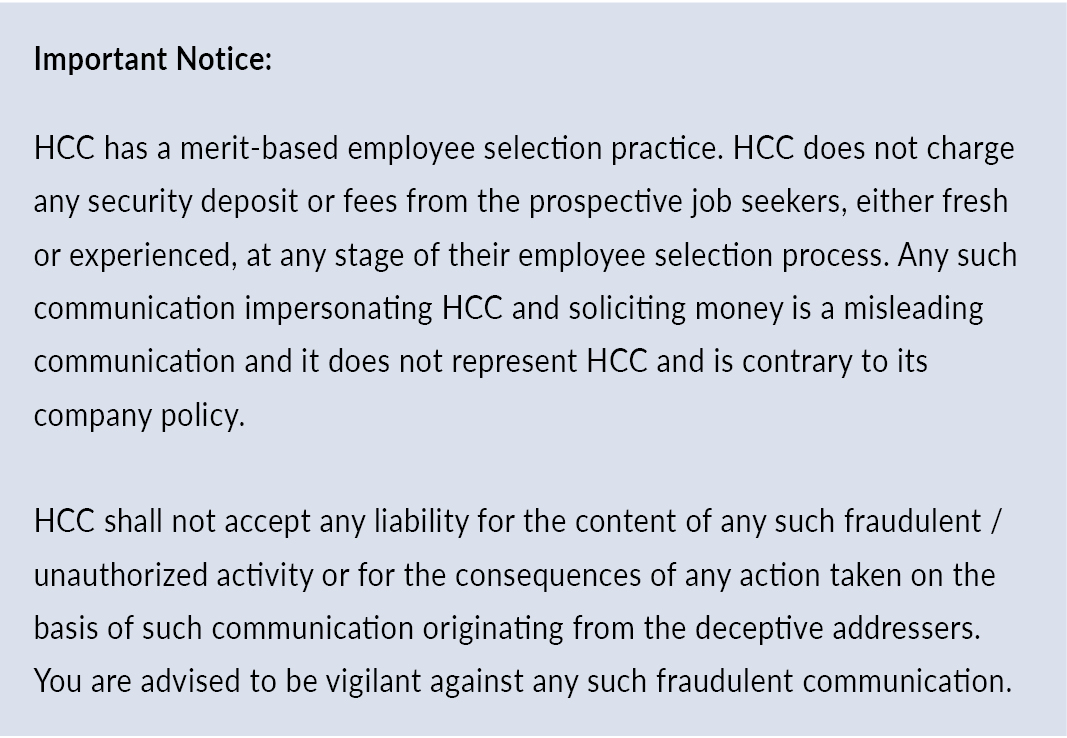
Daylighting at Sawra-Kuddu HRT
The 111 MW Sawra-Kuddu hydro power project achieved a major breakthrough as it linked the two ends of 11.365 km long underground tunnel, from the barrage to the power house on September 04, 2017. The button for the last blast of the underground tunnel was pressed by Mr. Devesh Kumar, Managing Director, Himachal Pradesh Power Corporation Ltd (HPPCL).
Sawra-Kuddu hydro power project is a run-of-river project on Pabbar river in Jubbal tehsil of Shimla district in Himachal Pradesh. The diversion barrage is located near Hatkoti and underground powerhouse is located on the left bank of Pabbar river near Snail village.
The work of the headrace tunnel was initially awarded to Aban Coastal joint venture in June 2007. However, the contract was terminated in January 2014 and the balance works were subsequently awarded to HCC in November 2014.
The project comprises of a piano key weir, an intake structure to draw 78 cumecs discharge through three openings, surface gutter type de-silting arrangement divided into three portions, each 80 m long 19.5 m wide and 10.5 m deep for exclusion of silt particles down to 0.2 mm size, 11.145 km long and 5 m diameter D-shaped Head Race Tunnel, 14 m diameter 82 m high underground restricted orifice type surge shaft, 4 m diameter steel lined pressured shaft, trifurcating in 2.30 m diameter branch shafts, to feed three 37 MW capacity each vertical axis Francis turbines, housed in a 90 m x 14 m x 39 m size underground powerhouse cavity located on the left bank of the Pabbar river near Snail village.
The main bottleneck in the construction of headrace tunnel was the balance excavation, which was around 1,643 meters, mainly because of adverse geological rock conditions encountered during the course of excavation. The tunnel had to be driven through rock strata with the high ingress of water along with flowing rock conditions at various locations.
The conditions were challenging and it demanded extra diligence and caution during excavation works as the geology was prone to frequent loose falls. Unstable and loose rock strata requisitioned additional measures such as backfilling, providing bulkhead, sand-fill bags and ribs installation before proceeding ahead.
HCC Team successfully achieved the day-lighting of the tunnel on September 04, 2017. On commissioning, the project will generate 386 million units per annum in a 90% dependable year.
 +91 22 25751000
+91 22 25751000 contactus@hccindia.com
contactus@hccindia.com Supplier Portal
Supplier Portal- Connect With Us




